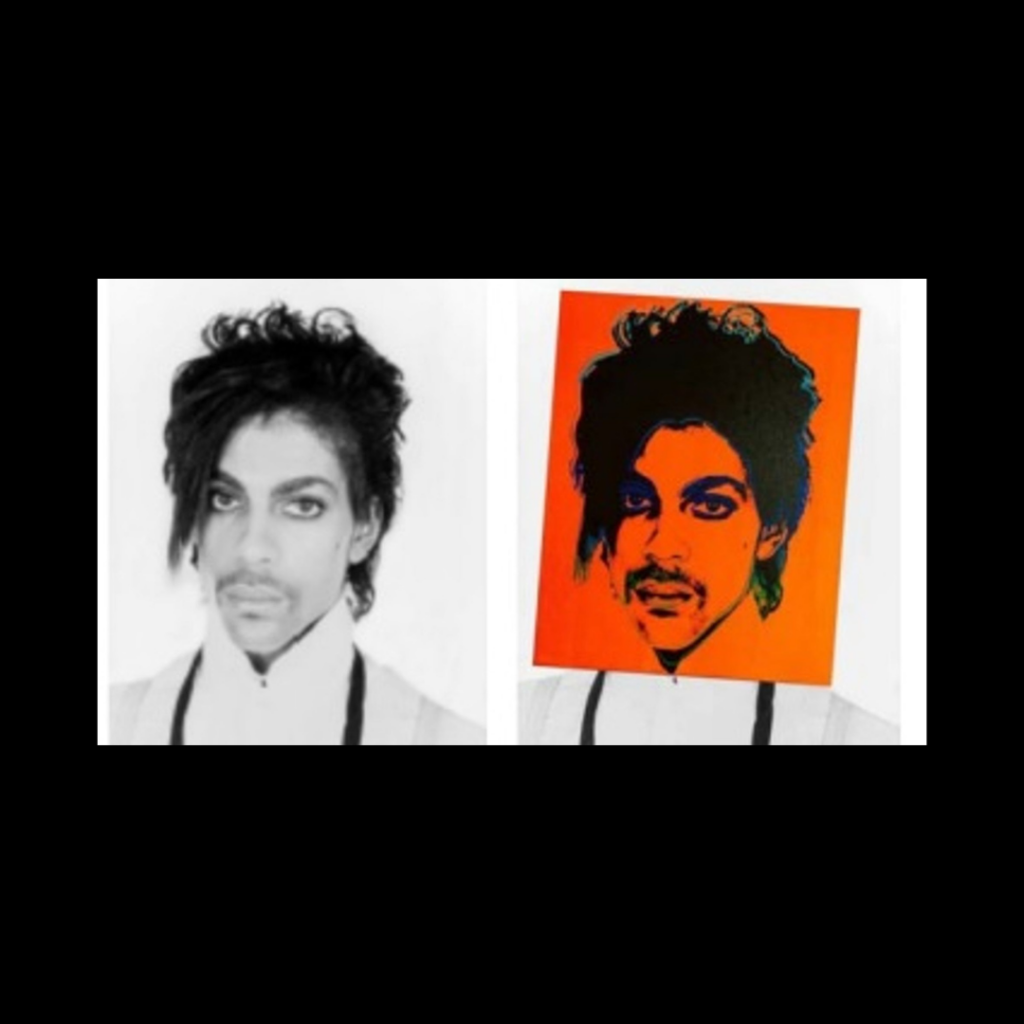US Supreme Court rules: Warhol infringed photographer’s copyright

The U.S. Supreme Court has ruled that Pop Art artist Andy Warhol infringed on copyright protection rules when he created a series of silkscreens based on a photograph of Prince. The case may have a major “chilling effect” on artists in the United States and beyond.
The case begins with a 1984 issue of the pop magazine Vanity Fair. The magazine wrote about Prince that year, following his hit Purple Rain, and asked photographer Lynn Goldsmith if Warhol could use her photo for $400 as a one-time “artist reference” for a silkscreen print that would be used for the magazine’s cover. After Prince’s passing in 2016, Goldsmith discovered that Warhol, who died in 1987, had not kept his end of the bargain at the time: he had created not one, but 16 silkscreens based on her photograph. One of these prints was re-used for a cover for a commemorative publication by Vanity Fair’s parent company, but this time without permission, compensation or name attribution.
When she made a complaint to Warhol’s heirs about this, a conflict arose, which has now led to this Supreme Court ruling. Pictoright previously wrote about this case in the Magazine: LINK. Although the case seems very colored by the circumstances of this case (the creation of the work, the initial license and so on), this result may in any case have a strong deterrent effect on artists and the art market.
Pictoright has developed the “Appropriation Art guideline” for cases like this in 2021. When two Pictoright affiliated artists clash over the use of one another’s work, Pictoright attempts to resolve the conflict using this guideline. Want to know more about this? Our “Appropriation Art Special” can be found by clicking here.